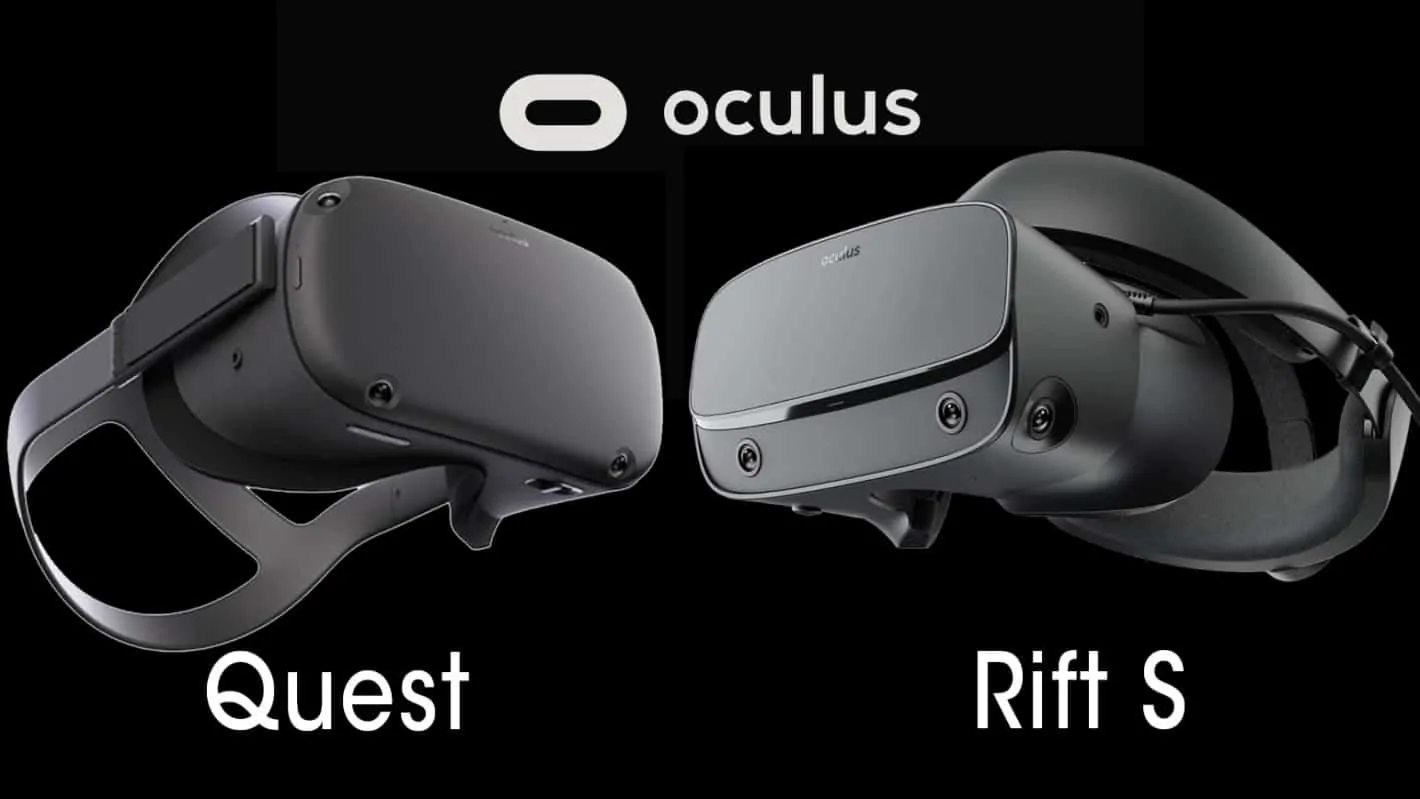Update: Oculus has resolved these issues. Read about it here!
As VR has evolved over the past few years, we’ve seen many positive trends toward VR being an overall more user-friendly experience. One of the latest adaptations of this evolution is the inclusion of what’s known as “inside-out tracking,” or the headset’s ability to track position and controllers without the need for external cameras or sensors. Oculus recently launched its latest VR headsets, the Oculus Rift S and the Oculus Quest, both of which feature inside-out tracking for an easier pick-up-and-play experience.
While both headsets suffer from the same issues to a degree, the Oculus Rift S features a different camera layout from the Oculus Quest, and seems to have more issues with certain types of games. While an additional camera on the Rift S makes it seem that it would have better tracking over the Quest, it’s the placement of the cameras that seems to be a bigger problem than anything.
The video below explains the problem in excellent detail, but here’s the short of it if you’re stretched for time. In games like Pavlov or Onward, two titles that rely on realistic weapon handling and use, properly holding rifles and other large guns is an impossibility with the current tracking system on the Rift S. The issue happens when the back hand (usually the right) is brought close to the face and loses tracking. This occurs because there’s no camera on the side or back of the headset to properly detect the controllers at this proximity.
The result is a weapon that constantly jerks and jitters, making it impossible to functionally use as intended.
Other similar issues occur when using a bow and arrow, for instance, where pulling the nock back to your face ends up getting lost at the furthest points, causing issue for both aiming and velocity of the arrow in games that utilize these types of weapons.
Give the popularity of first person shooters, simulators and other games that utilize this sort of weaponry, it’s clear the Rift S has a serious design flaw that currently has no true solution. So what can you do if you’ve already got a headset that features inside-out tracking like the Rift S, or any number of Windows Mixed Reality (MR) headsets?
Part of the trick is in holding the weapons a little differently. Arms have to be held out a significant distance from the face, and you’ll need to be cognizant of where your arms are at all times in relation to the poorly placed cameras on the Rift S’s body.
Sound like a chore? It certainly is, and it’s an experience-breaking issue as well. Part of VR’s magic is immersion, where you are transported to a virtual world in an instant, and as little as possible should take you away from this world. While previous generation headsets featured a bit more setup, like the Oculus Rift’s Constellation cameras or the HTC Vive’s Lighthouse tracking, these systems worked flawlessly in their detection of user movement and virtual interaction.
There’s a significant degree of trade-offs to be made with headsets like the Rift S, where convenience and ease has clearly been prioritized over the best actual experience in the virtual world. John Carmack and co. at Oculus are working to improve functionality, and while Carmack’s history is full of miraculous implementations of technology at id, it’s going to take quite a few miracles to overcome clear hardware issues such as this.

